Khabar Khair (Only Good News) – Abdul Jalil Alsalami
The Yemen Emergency Crisis Response Project (YECRP) has disseminated its findings over the past three years, including statistics on the number of implemented projects and beneficiaries, job and employment and the benefits provided to affected communities.
Statistics of The Yemen Emergency Crisis Response Project findings – of which ” Khabar Khair (Only Good News)” – revealed that the project invested 411 million dollars to fund 2,310 projects in over 300 districts across the 22 governorates of Yemen.
The Yemen Emergency Crisis Response Project is implemented by UNDP through two national institutions: Social Fund for Development (SFD) and Public Works Projects (PWP, With the International Development Association’s (IDA) the World Bank’s original lending arm support to help the poorer countries.
The project pointed out that it provided economic incentives through large cash-for-work projects, support to small businesses, and labor-intensive repairs of small infrastructure related to economic and social projects.
According to the project findings, 443,000 Yemeni households benefit from short-term income generation and employment opportunities through Livelihood Recovery Programme and The Community Assets Program to help meet their basic needs, creating 11,730,293 working days.
Statistics showed that around 5,416,000 million people have gained access to services, such as water, food, health, education and roads, in addition 2,552 classrooms have been repaired to help students continue their education.
Statistics show that 469 kilometers of road has been paved to facilitate safe access to health, food and education services, and 1,102,388 cubic meters of water supply were built.
The project confirmed that through the Livelihoods Recovery and Community Assets Rehabilitation Program, 23,798 Nearly 23,000 hectares of agricultural land have been protected to maintain production potential.
In addition, nearly 14,611 youth have been trained and employed in nutrition promotion, education, and community empowerment.
In the nutrition sector, the statistic showed that 678,723 malnourished mother and children were diagnosed and referred to the hospital for treatment.
In the education sector, the Emergency Response Project to the Crisis in Yemen confirmed that it had trained 2,771 young men and women and employed them as schoolteachers, benefiting 83,160 male and female students in formal education and literacy.
Statistics of the results of the response project show that it had financed 1,918 youth-led projects to implement community services such as awareness, health, tree planting, and road paving, and 9,454 self-help youth initiatives were implemented.
” 2,548 Village Cooperative Councils have been established to support local development,” she added.
In the agricultural sector, Over 2,000 women have received livestock and tools to improve their productivity and income.
Moreover, 7,225 farmers in rural areas have been trained and provided with equipment enabling them to practice modern farming techniques to improve productivity and save on the cost of fuel and water. This has created nearly 47,500 additional jobs.
In the fisheries sector, 1,207 fishermen have received tools and equipment to improve their productivity and income.
In the microfinance sector, Over 5,000 (48% of which are female owned) small- and micro-enterprises received grants to pay off their debts and continue their businesses..
9 microfinance institutions have been funded to continue providing their financial services to their over 84,300 clients..
The Emergency Crisis Response Project (ECRP) works on building the resilience of vulnerable people and communities in Yemen to cope with the current crisis through restoring key public service, creating employment opportunities, and supporting small businesses.

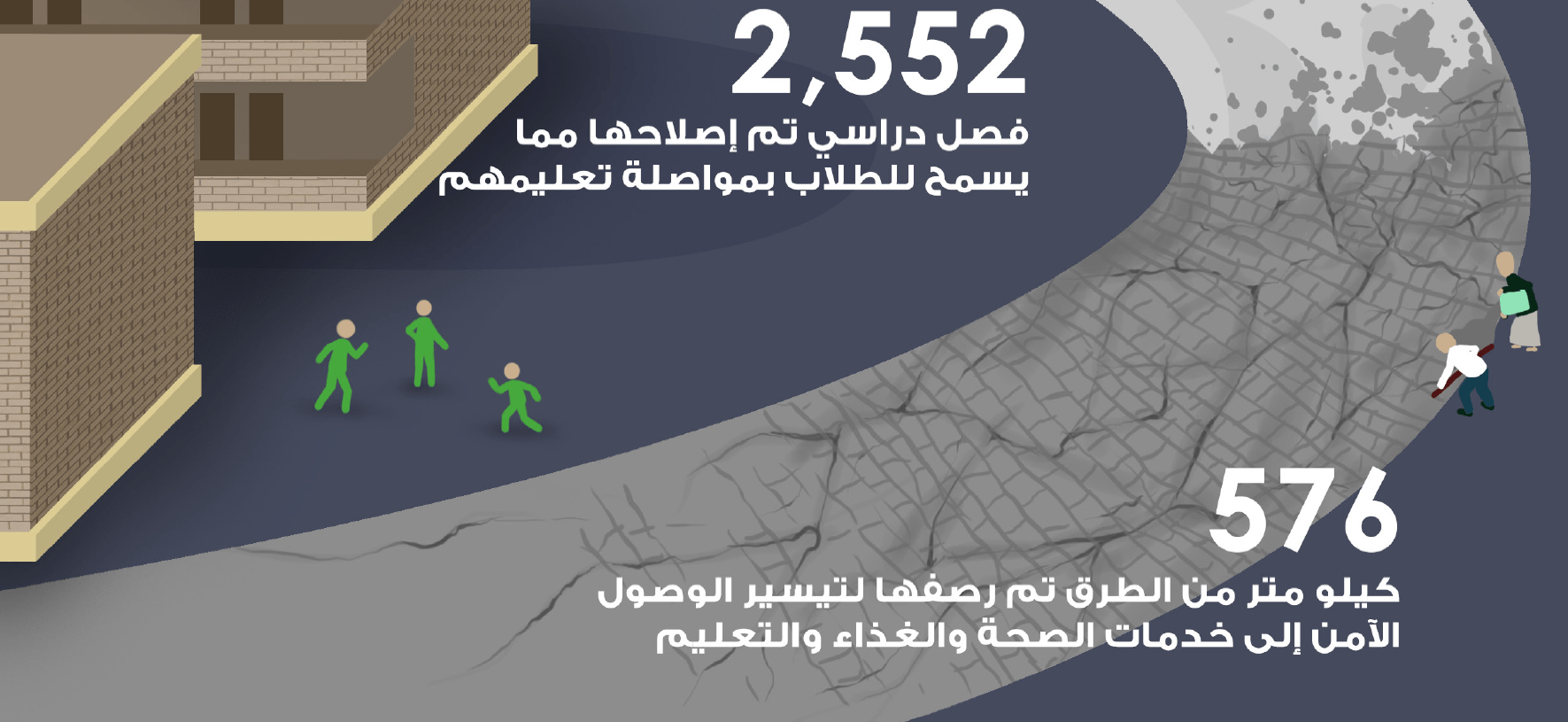

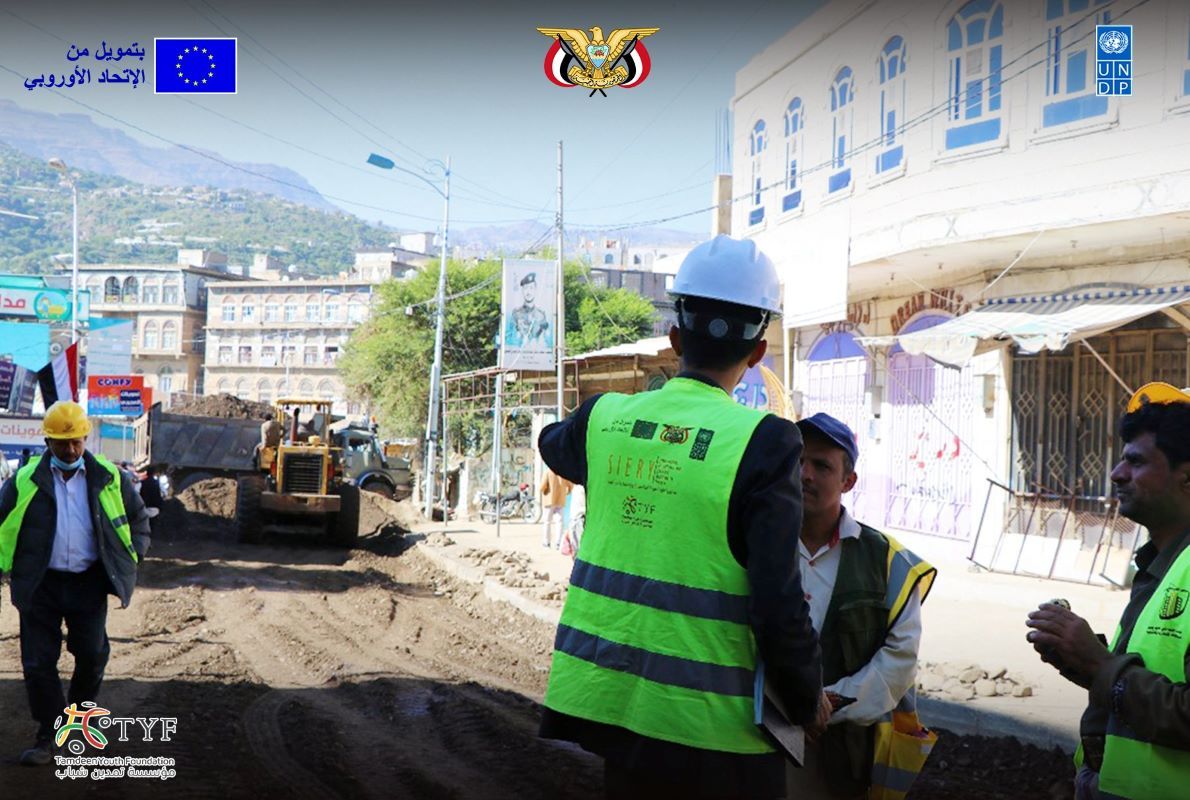
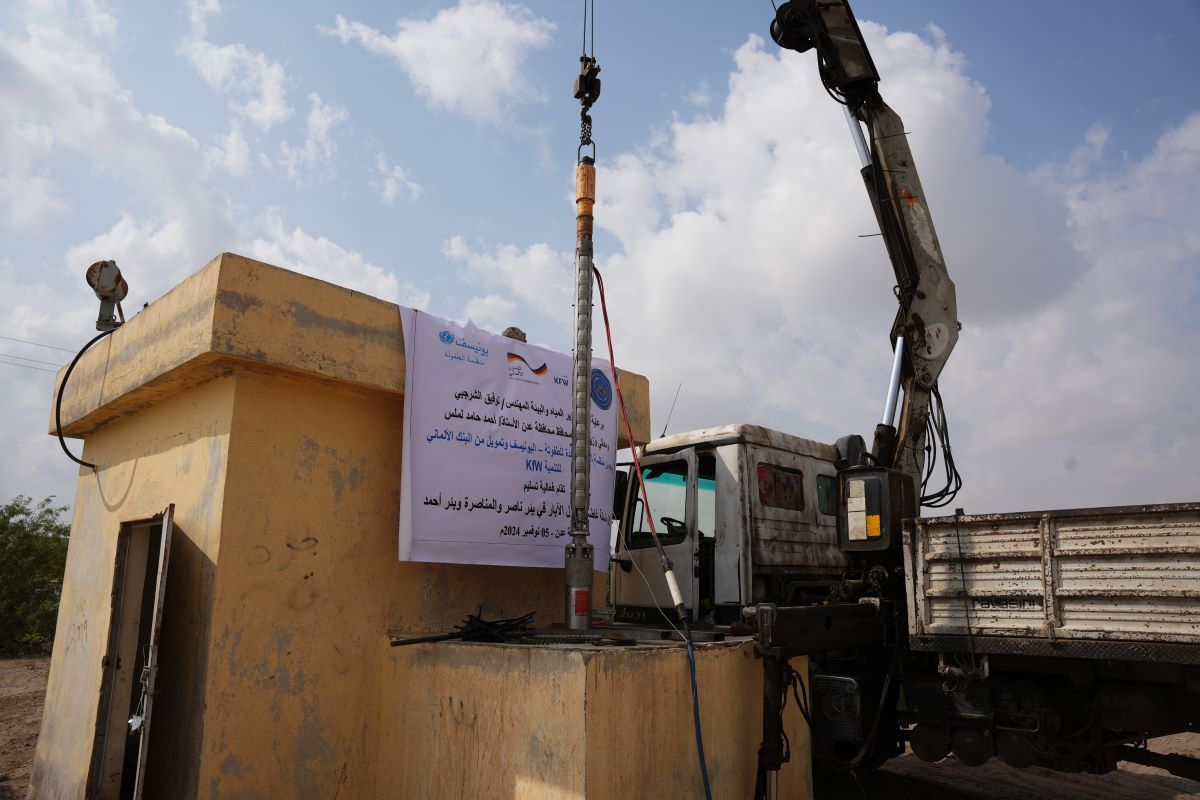
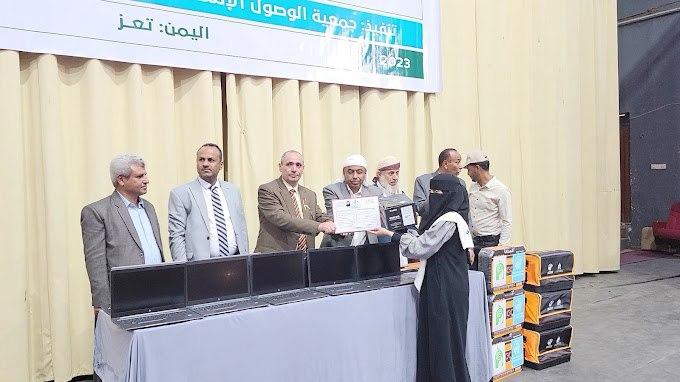

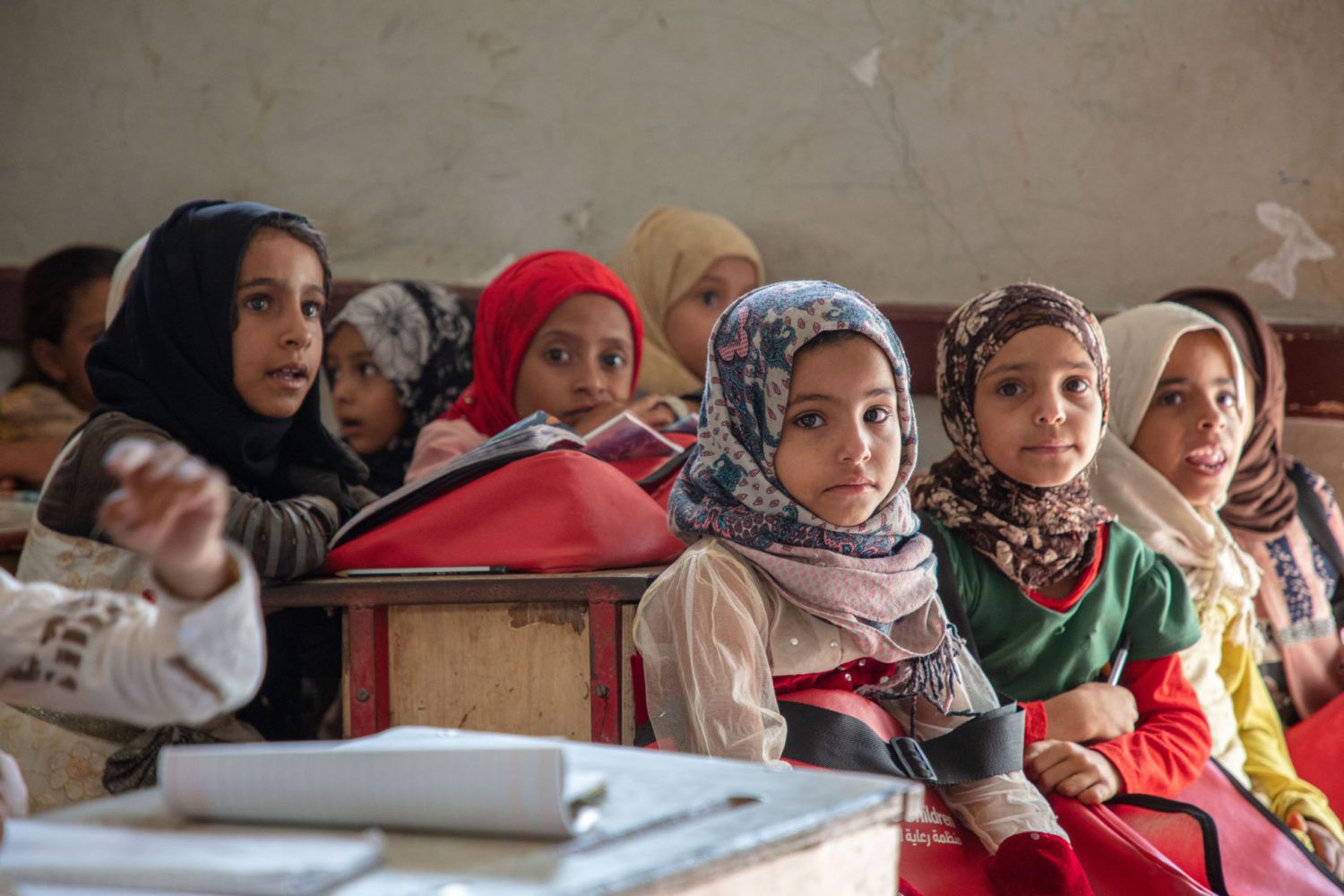
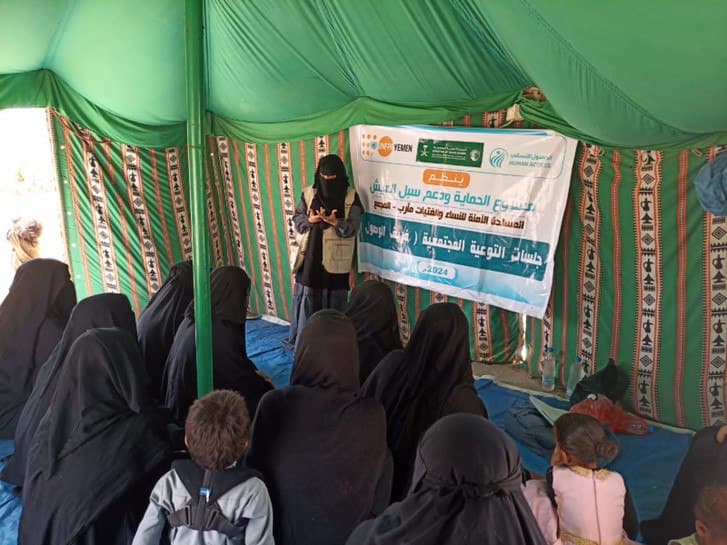
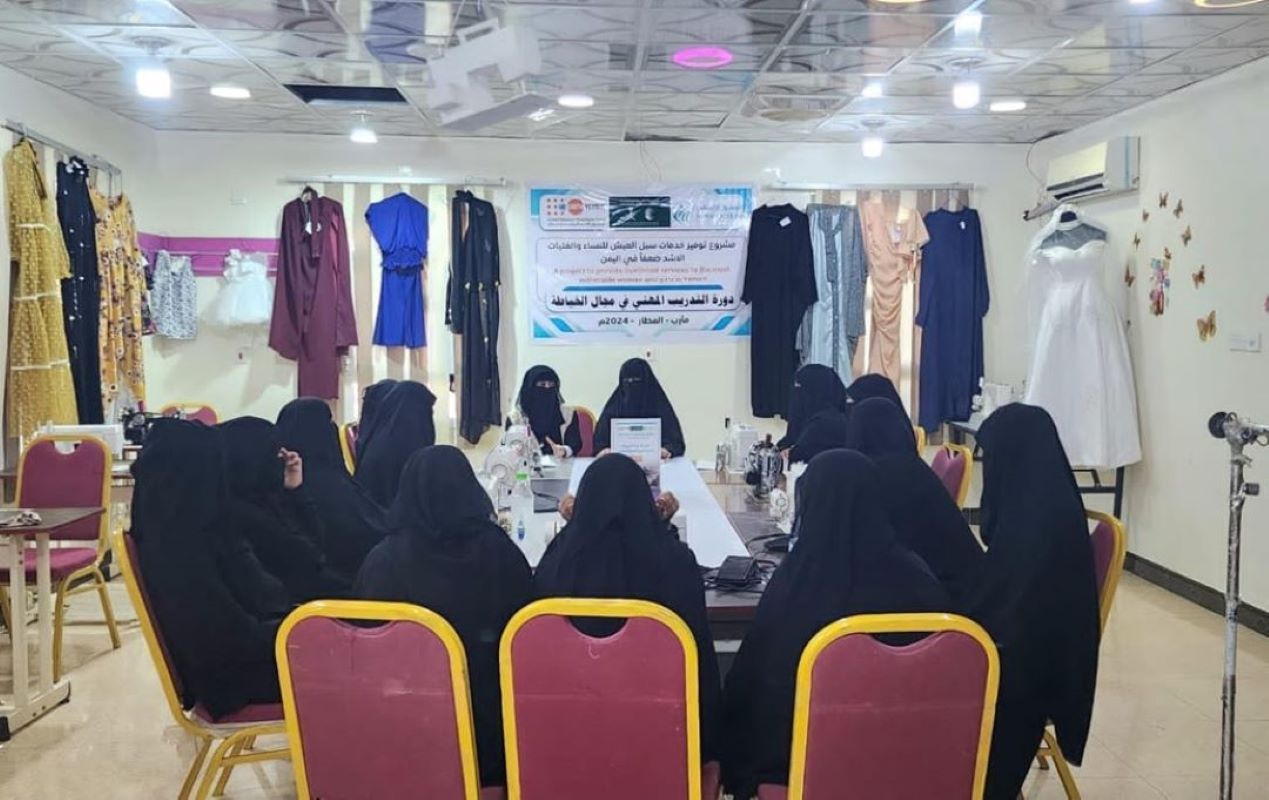
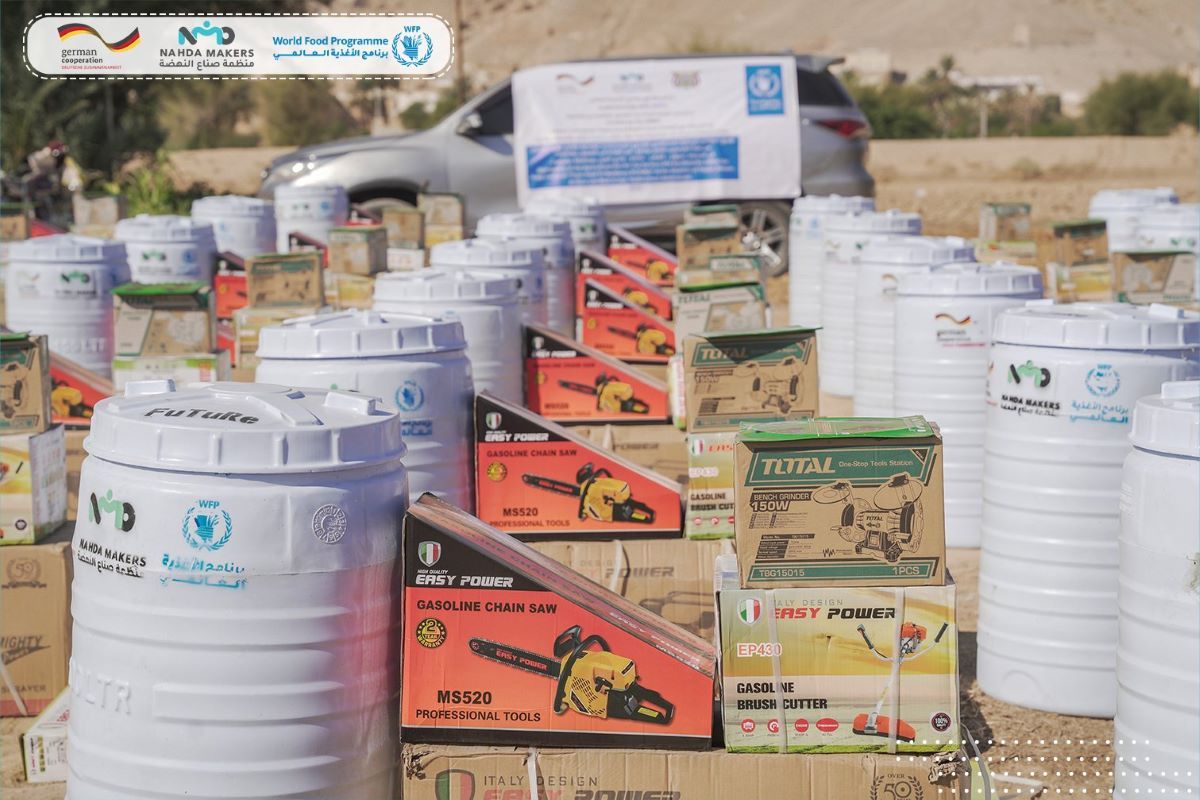

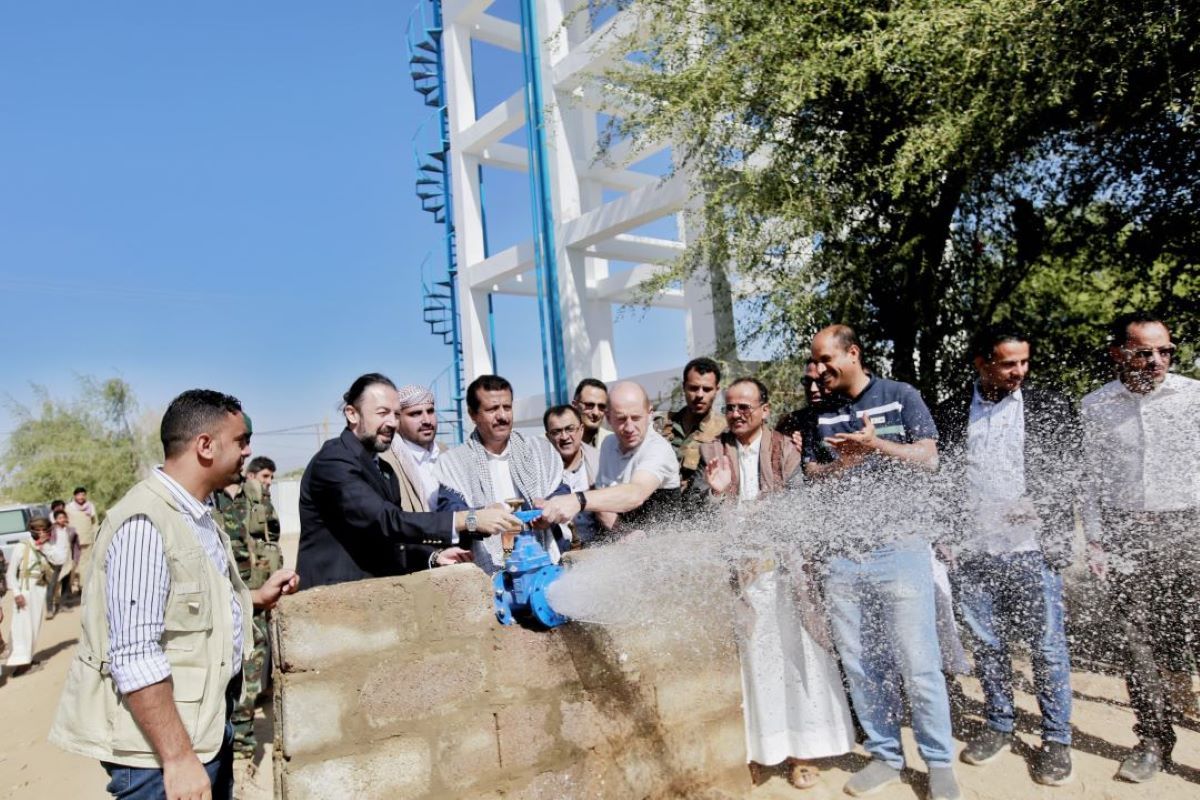


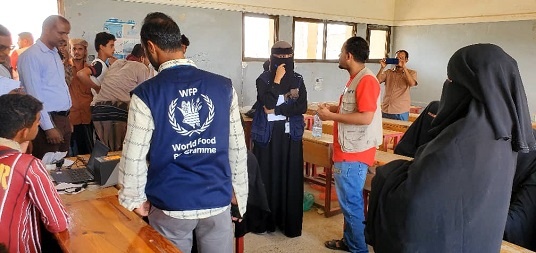
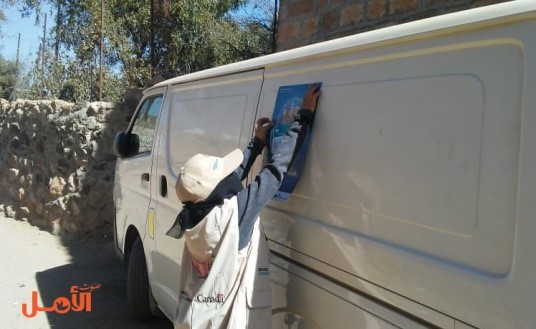
LEAVE A COMMENT